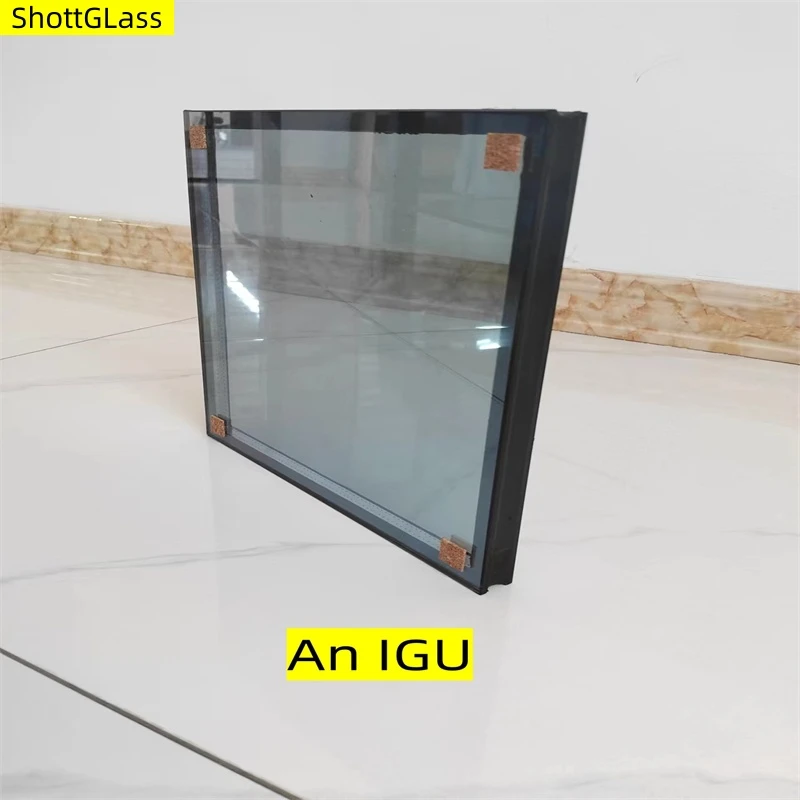Nov . 07, 2024 07:22 Back to list
Benefits of Clear Toughened Laminated Glass for Modern Architecture and Design
Understanding Clear Toughened Laminated Glass
In recent years, the demand for advanced glass solutions in construction, architecture, and automotive industries has surged. Clear toughened laminated glass is one of the leading materials gaining attention for its unique properties and versatility. This article delves into what clear toughened laminated glass is, its manufacturing process, benefits, applications, and the future of this innovative material.
What is Clear Toughened Laminated Glass?
Clear toughened laminated glass is a type of safety glass that combines two layers of toughened glass with a layer of polyvinyl butyral (PVB) or ethylene-vinyl acetate (EVA) interlayer. The toughened glass, also known as tempered glass, is fabricated through a heating and cooling process that makes it more robust than standard glass. Consequently, when broken, it fractures into small, blunt pieces rather than sharp shards, reducing the risk of injury.
The laminated aspect further enhances its safety features. The interlayer holds the shattered fragments together, preventing them from scattering. The result is a glass product that provides superior strength, safety, and sound attenuation while maintaining essential clarity and aesthetic appeal.
Manufacturing Process
The manufacturing process of clear toughened laminated glass involves several critical steps
1. Cutting and Surface Preparation The process begins with cutting the glass sheets to the desired sizes and shapes. The surfaces of the glass are then polished to ensure optical clarity and remove any impurities.
2. Toughening The glass sheets undergo a tempering process, where they are heated to high temperatures and then rapidly cooled. This creates internal tension within the glass, making it significantly stronger and more resistant to thermal stress.
3. Laminating Once toughened, the glass sheets are assembled with the PVB or EVA interlayer between them. The assembly is placed in an autoclave where it is exposed to heat and pressure, ensuring that the interlayer bonds permanently with the glass.
4. Finishing After the laminate process, the edges are polished, and additional treatments may be applied to enhance properties like UV resistance or anti-reflective coating.
Benefits of Clear Toughened Laminated Glass
clear toughened laminated glass

- Enhanced Safety The combination of toughened glass and a laminated interlayer significantly enhances safety, making it an excellent choice for buildings, vehicles, and public installations. - UV Protection The PVB or EVA interlayer can block up to 99% of UV radiation, protecting furniture and interiors from fading and damage.
- Sound Insulation The laminated construction provides excellent sound dampening, making it ideal for urban environments or areas near busy roads
.- Energy Efficiency With the right coatings, laminated glass can improve thermal insulation, thereby reducing energy costs for heating and cooling.
- Aesthetic Versatility Clear toughened laminated glass is available in various thicknesses and finishes, allowing architects and designers flexibility in creating visually stunning designs.
Applications
Clear toughened laminated glass has a diverse range of applications
- Architecture and Building Facades It is extensively used in window installations, glass doors, and facades due to its clarity and safety features. - Automotive The automotive industry utilizes laminated glass in windshields and side windows, providing safety and sound attenuation for vehicles.
- Interior Design This glass can enhance indoor environments, serving as partitions, staircases, and balustrades, where both aesthetics and safety are priority considerations.
- Public Spaces Many public buildings use this glass in areas where safety and visibility are crucial, such as schools, airports, and shopping centers.
The Future of Clear Toughened Laminated Glass
As technology advances, the production and applications of clear toughened laminated glass are expected to evolve. Innovations in materials science may lead to even stronger and more efficient glass products with lower environmental impacts. The growing focus on sustainable building practices and energy-efficient materials will likely enhance the demand for laminated glass solutions.
In conclusion, clear toughened laminated glass represents an intersection of safety, functionality, and aesthetic appeal. Its unique manufacturing process and resultant properties make it suitable for a range of applications, reaffirming its position as a go-to material for modern architecture and design. As industries continue to innovate, we can anticipate even more exciting developments in the realm of laminated glass, further solidifying its importance in our built environment.
-
Safety and Style with Premium Laminated Glass Solutions
NewsJun.24,2025
-
Reinvents Security with Premium Wired Glass
NewsJun.24,2025
-
Premium Float Glass Line for Modern Architecture
NewsJun.24,2025
-
Low Emissivity Glass for Energy-Efficient Architecture
NewsJun.24,2025
-
High-Performance Insulated Glass Solutions for Modern Architecture
NewsJun.24,2025
-
Elevates Interior Style with Premium Silver Mirror
NewsJun.24,2025
Related PRODUCTS














